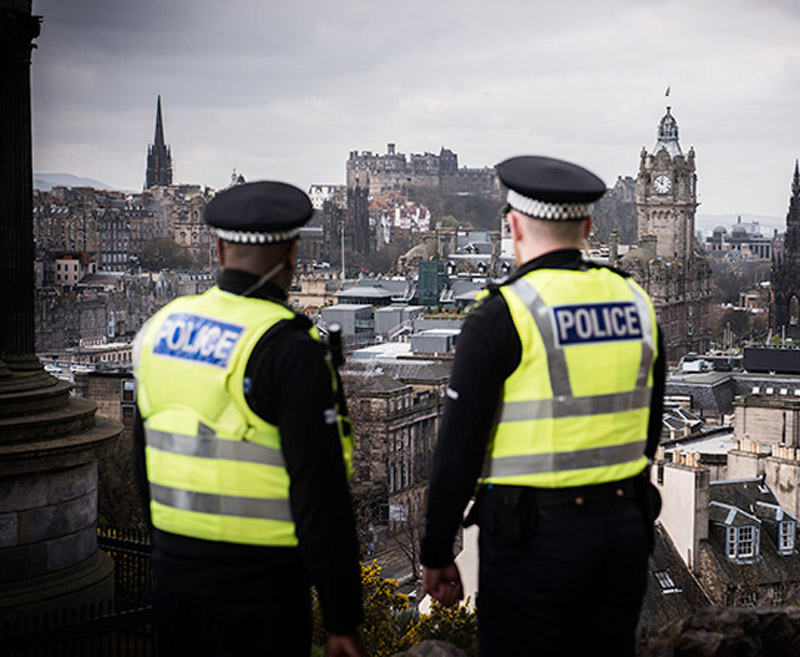Police To Use Drones To Locate Missing Persons

Drone programme officially launched in Scotland this week using AI to help search remote areas for missing or vulnerable people
Police Scotland is this week to officially launch a drone programme for use in helping locate missing and vulnerable people.
The formal launch on Thursday at the annual CENSIS technology conference in Glasgow comes after trials began across Scotland earlier this year.
The first two drones went into service in Aberdeen and Inverness on 1 May, for use in locating people in remote areas in the north-east and north-west of the country.
The remotely-piloted aircraft system (RPAS) uses high-powered cameras that allow it to identify people up to 150 metres away.

Image recognition
Its image-recognition software, based on neural network technology, runs on the device rather than relying on remote servers.
The drones, which require a pilot and a software technician to operate, also use thermal imaging sensors to detect heat.
The technology was developed for Police Scotland by multinational Thales and the University of the West of Scotland (UWS).
The two were brought together by Scottish not-for-profit innovation centre CENSIS, whose remit is to help form public and private-sector partnerships focused on sensor, imaging and Internet of Things technologies.
Data protection
The use of image-recognition tools by police or private organisations to identify individuals has become a sensitive issue, but Police Scotland said it would take care to let the public know when the RPAS drones are to be deployed.
The units display a flashing blue light when in operation and police said they planned to issue a notice via social media when they planned to deploy the drones.
Police Scotland said it had carried out a data protection assessment and planned to review it annually.